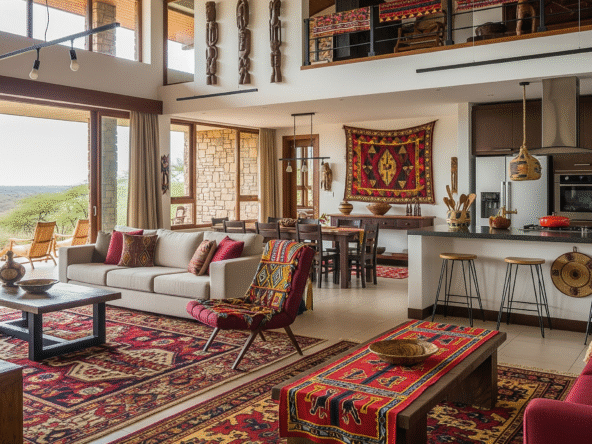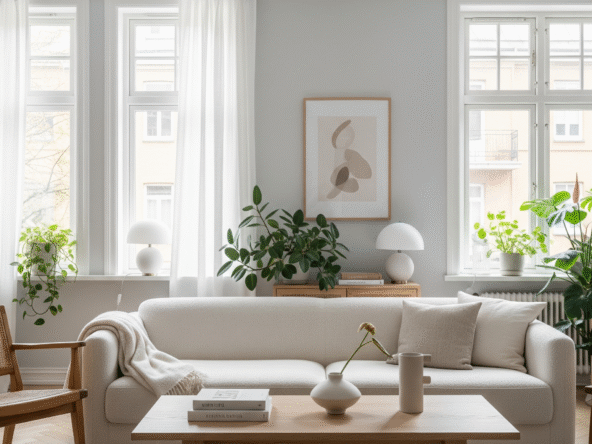When constructing a budget-friendly home in Kenya, your choice of walling material impacts far more than just appearance. It determines how well your home withstands the weather, how often you’ll need repairs, and how much energy you’ll use on heating or cooling. Whether you’re building in the dry plains of Isinya or the cool, damp regions of Limuru, choosing the right wall system is critical.
This guide compares affordable and durable walling materials suited for Kenyan homes, with practical tips on cost, performance, and climate compatibility.
1. Why Walling Materials Matter in Budget Homes
Walls influence:
- Structural integrity
- Thermal performance
- Aesthetic finish
- Resistance to water damage, pests, and fire
- Ease of maintenance
When combined with a good drainage system, proper walling ensures your structure lasts longer with fewer repairs. For more on this, see Construction Site Drainage Planning.
2. Popular Budget-Friendly Walling Options in Kenya
| Material | Cost (KSh/sqm) | Advantages | Ideal Use |
|---|---|---|---|
| Concrete blocks | 800–1,200 | Widely available, strong, weatherproof | Urban homes, rental flats |
| Stabilized soil blocks | 400–700 | Insulating, eco-friendly, low cost | Rural, eco-builds, low-income plots |
| Machine-cut stone | 1,000–1,400 | Aesthetic, durable, minimal plastering | Owner-occupied homes |
| Rammed earth | 500–850 | Sustainable, low carbon, strong | Green projects, flat terrain |
| Treated timber/bamboo | 600–900 | Fast to install, natural appeal | Backyard cottages, farmhouses |
| Corrugated iron sheets | 650–900 | Quick build, low skill requirement | Informal housing, temporary use |
To learn more about one trending material, visit Rammed Earth Wall Construction in Kenya.
3. Climate and Soil Considerations
- In black cotton soils, avoid lightweight or weak materials without strong foundations. Reinforce walls and use moisture-resistant layers.
- High-rainfall zones require plastered finishes and good runoff management. Use a soak pit to manage overflows—see Soak Pit Design for Plots.
- Hot and dry regions benefit from high-mass walls like stabilized blocks or rammed earth for insulation.
4. Improve Insulation and Comfort
To enhance indoor comfort without expensive AC or heaters:
- Add internal wall plaster—see DIY Plastering and Skimming Tips
- Opt for cavity walls or ventilated facades
- Paint with heat-reflective coatings in hot areas
5. Reducing Future Maintenance
Prevent recurring expenses by:
- Treating timber or bamboo before installation
- Building a stone plinth at the base to protect from splash erosion
- Using quality mortar to avoid early cracking
- Ensuring proper curing and joint alignment
These methods improve durability and reduce moisture-related issues like mold or paint bubbling.
6. Mistakes to Avoid
- Building directly on the ground without damp-proofing
- Using untreated soil in stabilized blocks
- Overloading unsupported walls (e.g., in multi-storey builds)
- Skipping vertical or horizontal reinforcement in tall structures
For guidance on smart and safe construction, especially when working with local fundis, read Hiring and Managing Contractors in Kenya.
7. Add Style with Interior and Exterior Finishes
Budget homes can still feel high-end with thoughtful finishes. Explore:
Walling is one of the most important investments you’ll make during home construction. It’s not just about enclosing space—it’s about securing your future, minimizing repairs, and creating a comfortable living space in Kenya’s diverse climates.
Explore More:



